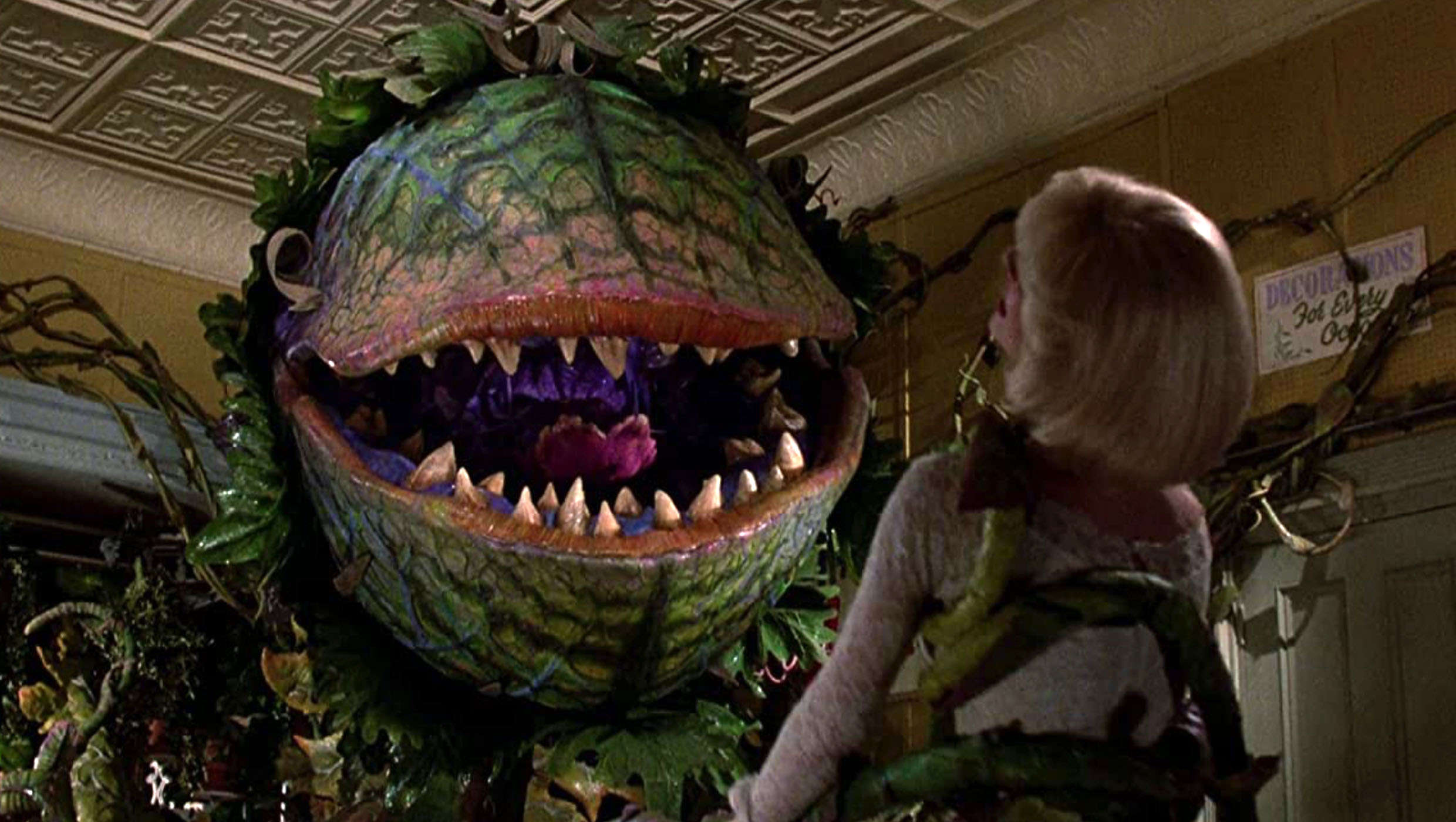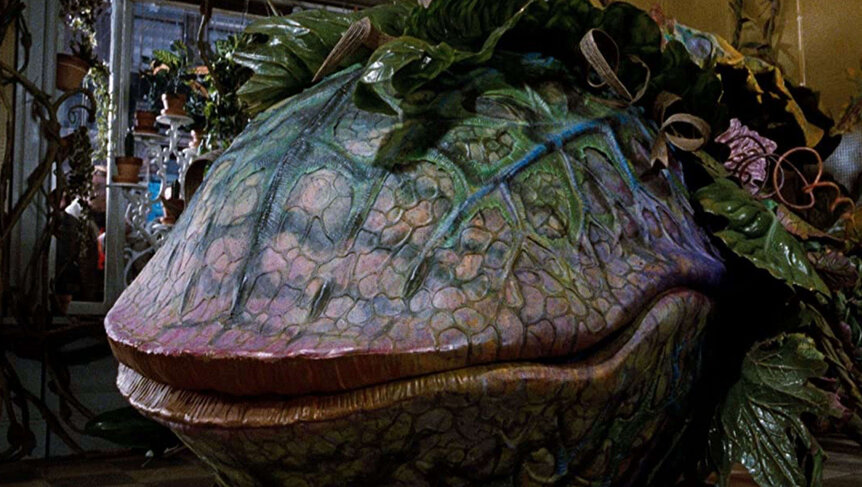Create a free profile to get unlimited access to exclusive videos, sweepstakes, and more!
Little Shop of Horrors is about to get real, because brainless Venus flytraps can still remember things

Some things about Venus flytraps are obvious if you watch Little Shop of Horrors. They shouldn’t talk. They shouldn’t reach a gargantuan size. They certainly shouldn’t grow teeth…and there is no way they should be able to remember things.
Audrey II remembered Seymour’s name — and the sweet taste of human flesh — which is why this abomination of a plant was always dying to engulf someone. Actual Venus flytraps aren’t going to sing to you to feed them or snap their jaws around your head, but they can remember. At least biologists Hiraku Suda and Mitsuyasu Hasebe of the National Institute for Basic Biology in Okazaki, Japan, have been able to prove how these beastly things remember to catch flies and other prey by genetically engineering them. The mutant flytraps then told them what they needed to know just by glowing in the dark.
“The Venus flytrap evolved to be optimized to trap small animals without missing, and not to close unless it catches prey—not with other stimuli such as rain, falling leaves, or sand blown by the wind," Hasebe, who co-led a study in Nature Plants with colleague Hiraku Suda, told SYFY WIRE.
What appear to be the jaws of Dionaea muscipula are actually leaves that quickly trap insects that end up being taken apart by the plant’s digestive fluids. Before that can happen, it needs two stimuli to the deceptively fearsome-looking sensory hairs on the biting leaf within 20 seconds. A second stimulus then has to be delivered to the same or another hair for the leaves to close around an unsuspecting meal. Until now, the biological method that made Venus flytraps able to remember the first stimulus to one of those hairs and transduce it (convert that signal into a different type of signal) to the leaf was unknown.
Remember that this monster has no brain or any semblance of a nervous system.
To see what was going on when a stimulus was received, the scientists introduced a calcium sensor protein gene GCaMP6. They would then administer a stimulus followed by a second stimulus that would test if calcium content increased in the plant’s cells. Previous studies had led to suspicions of the calcium ion Ca2+, which is not unexpected since calcium ions are needed in many cellular processes. The first stimulus was delivered to one sensory hair with a needle. Right away, Ca2+ concentration visibly increased in the leaf within 0.02 seconds, and though it decreased in the few seconds afterward, the leaf really started to glow when that concentration shot up after the second stimulus.
"Before stimulation, there are abundant Ca2+ ions outside of cells, while quite small amounts in cells. When cells recognize stimuli, Ca2+ outside of cells enter into cells. When GCaMP6 binds to Ca2+, GCaMP6f themselves in cells produce fluorescence," Hasebe said.
The trap only closed if the time that elapsed between stimuli remained under 30 seconds and there was a high enough concentration of Ca2+. While the Venus flytrap is devoid of a brain, it will hang on to short-term memory if there is enough of a calcium ion boost. Fluorescence spread from one leaf “jaw” to the other. It especially increased at the base of the hair, where there are sensory cells that tell the Venus flytrap when to clamp down on a bug. While this meat-eating plant shows an upsurge in calcium with stimuli that trigger it to shut its trap over prey, it may not have always been hungry for flies, according to Hasebe.
"Calcium waves are observed in non-carnivorous plants, when plants are eaten by insects," he said. "The ancestor of Dionaea might have recruited such preexisted mechanisms that were used in other functions than carnivory."
Actually finding out how the Venus flytrap could remember took several years of trial and error for Suda. It was when he noticed a transgenic plant, which had been given the GCaMP6 gene, glowing in the dark that he realized what could finally bring light to the plant’s mysterious memory. This discovery could be the basis for future research that could determine how plants evolved to be carnivorous.
So when is Little Shop of Horrors going to crawl out in anime form?



























